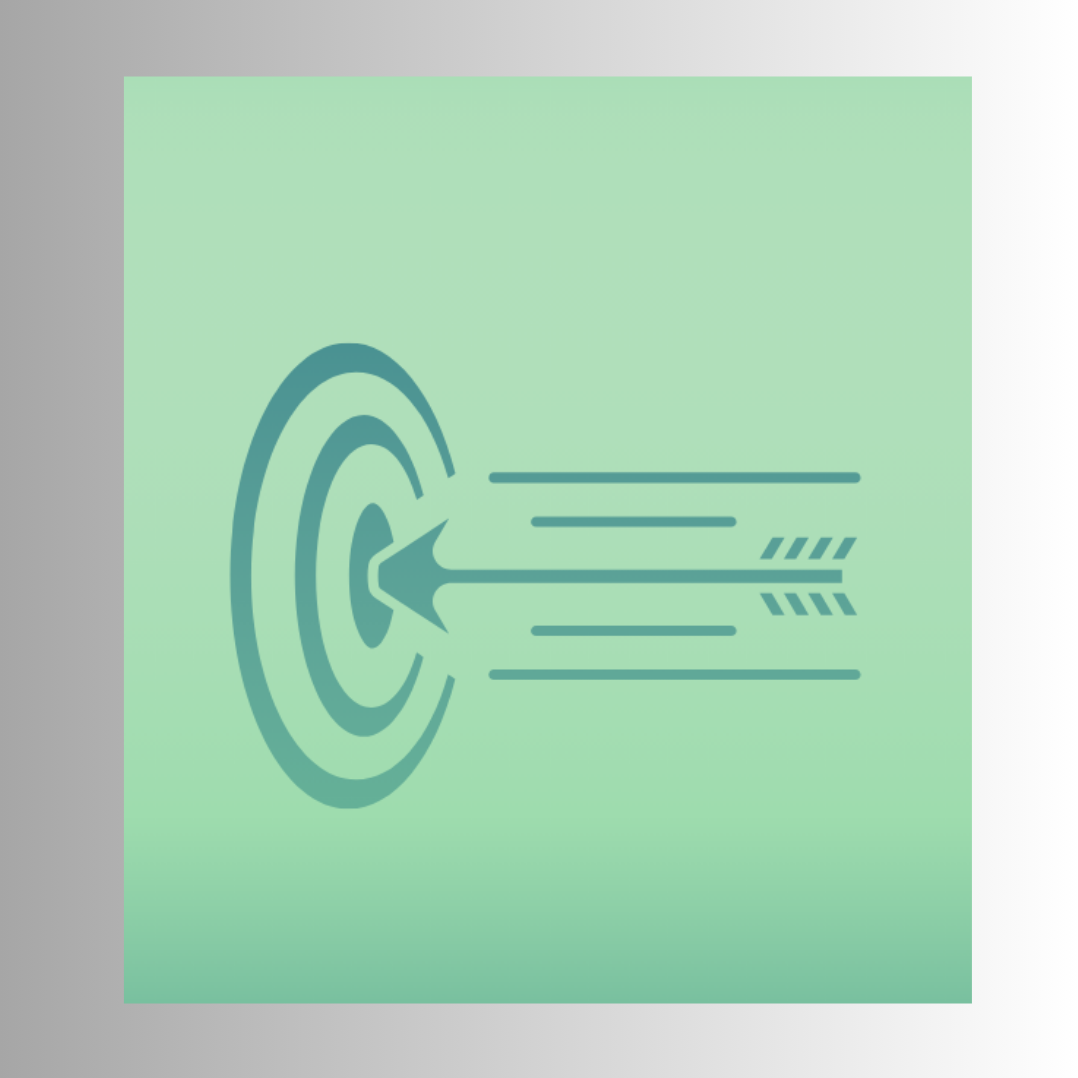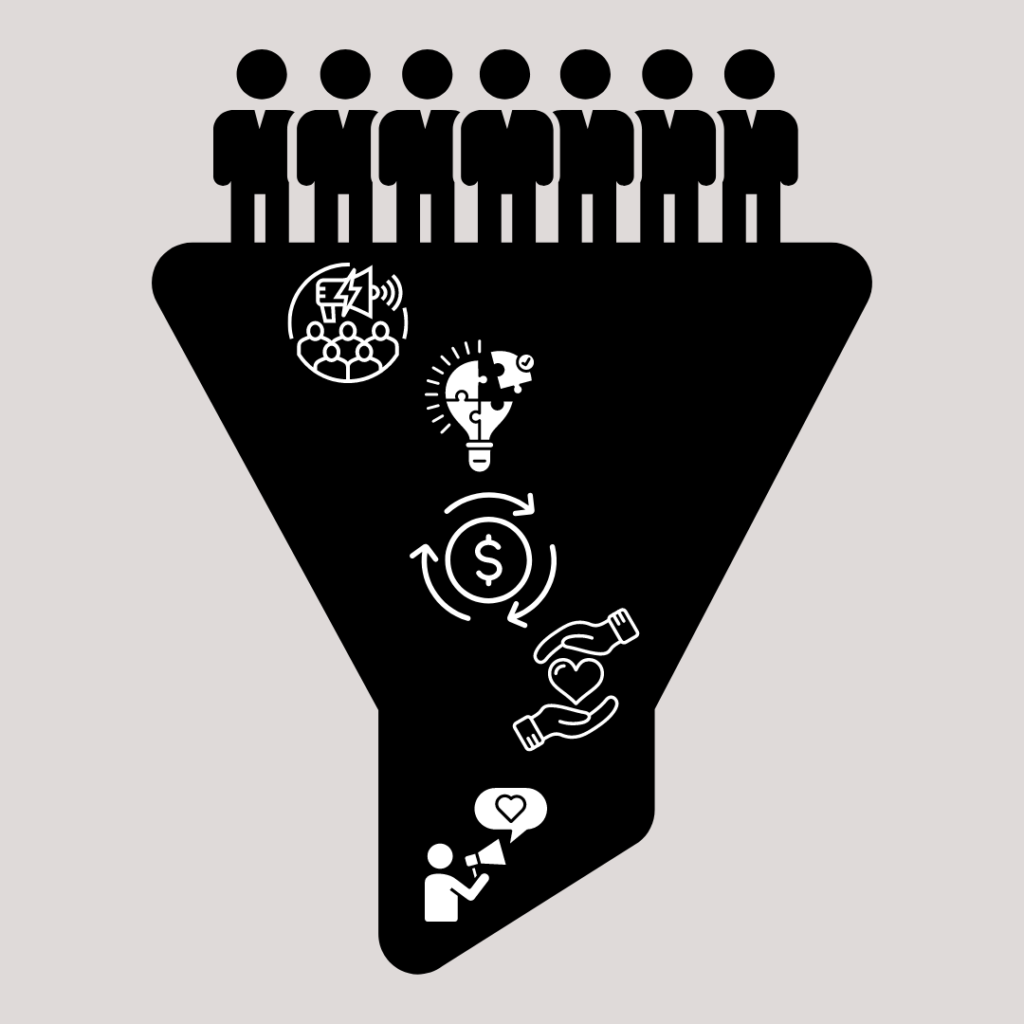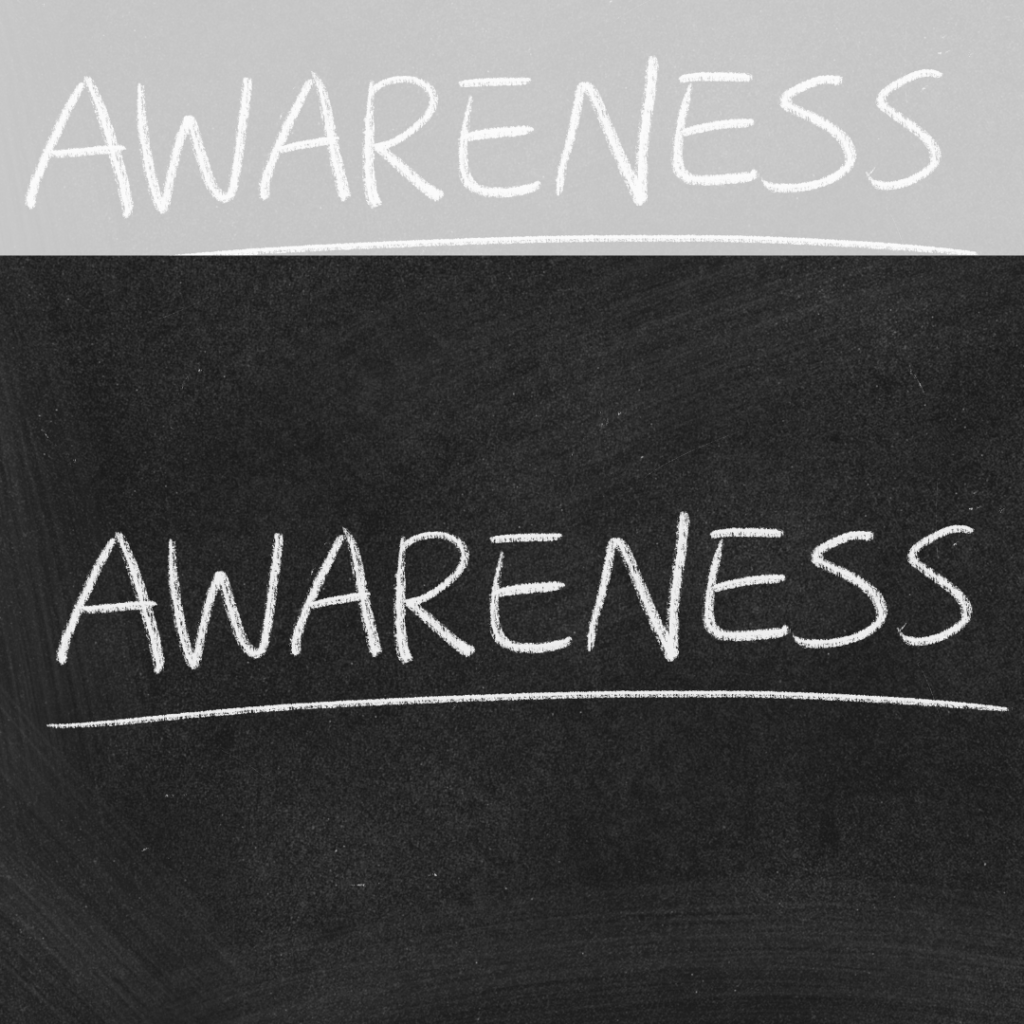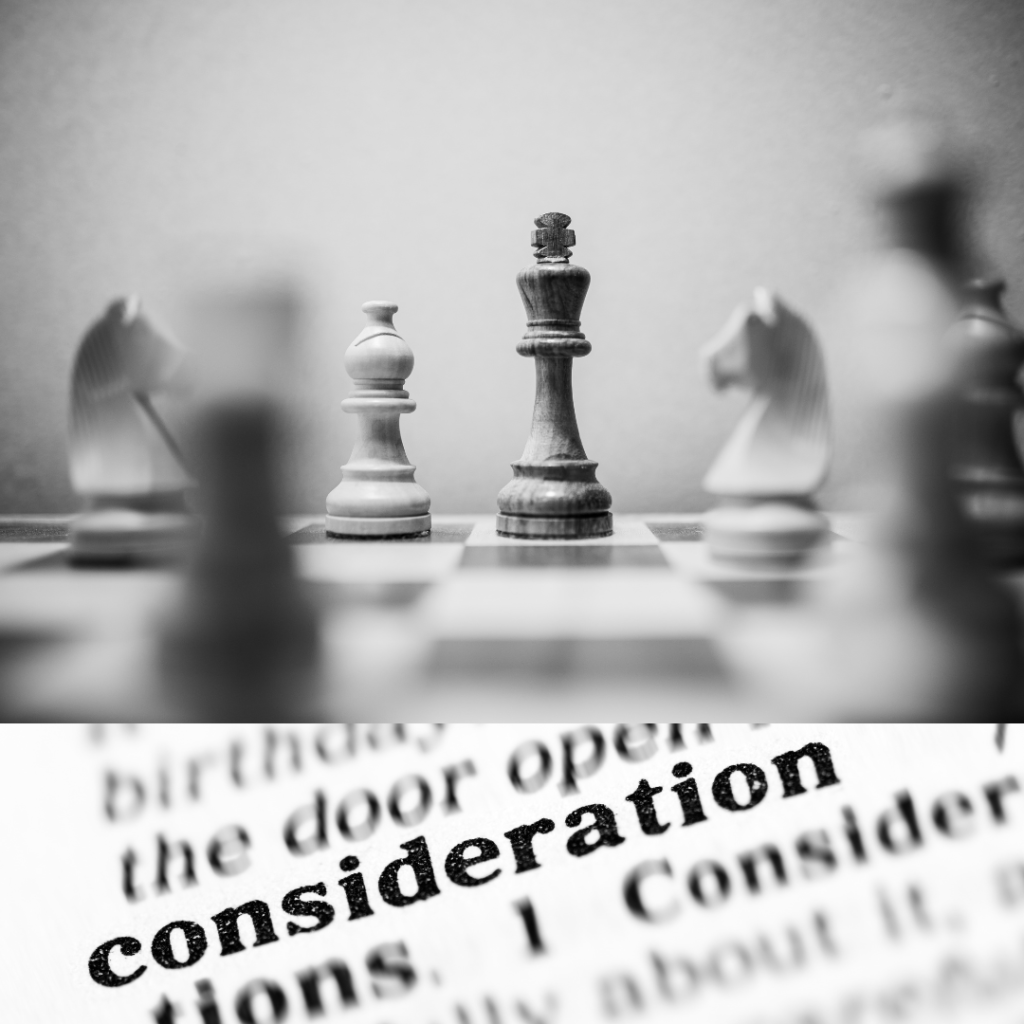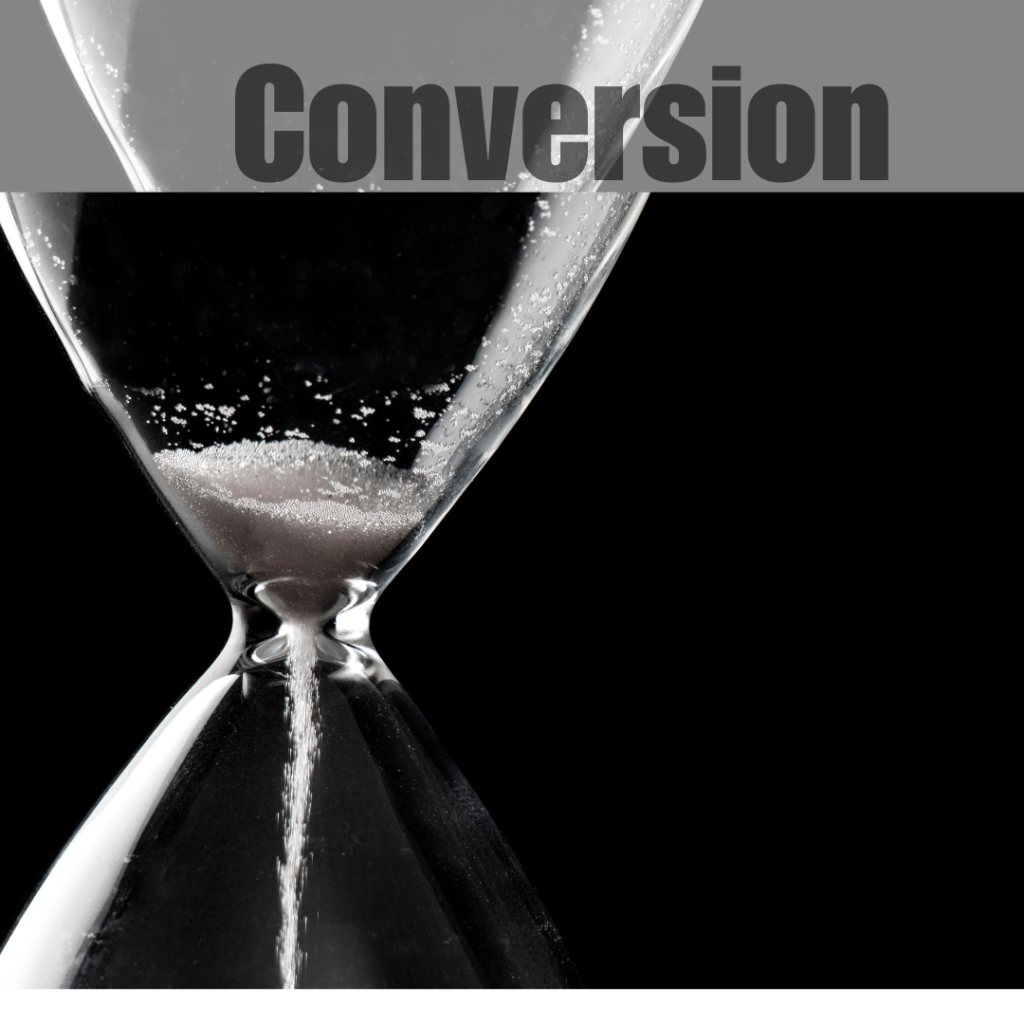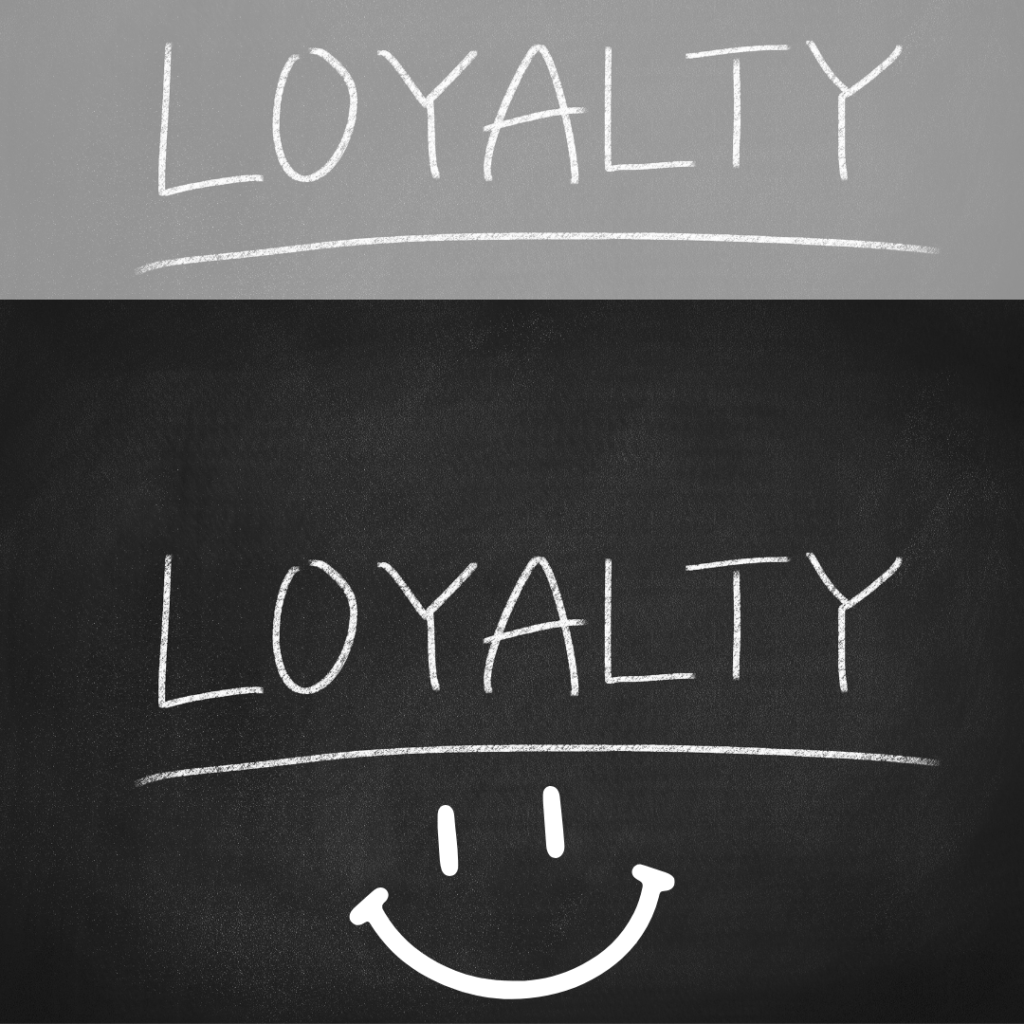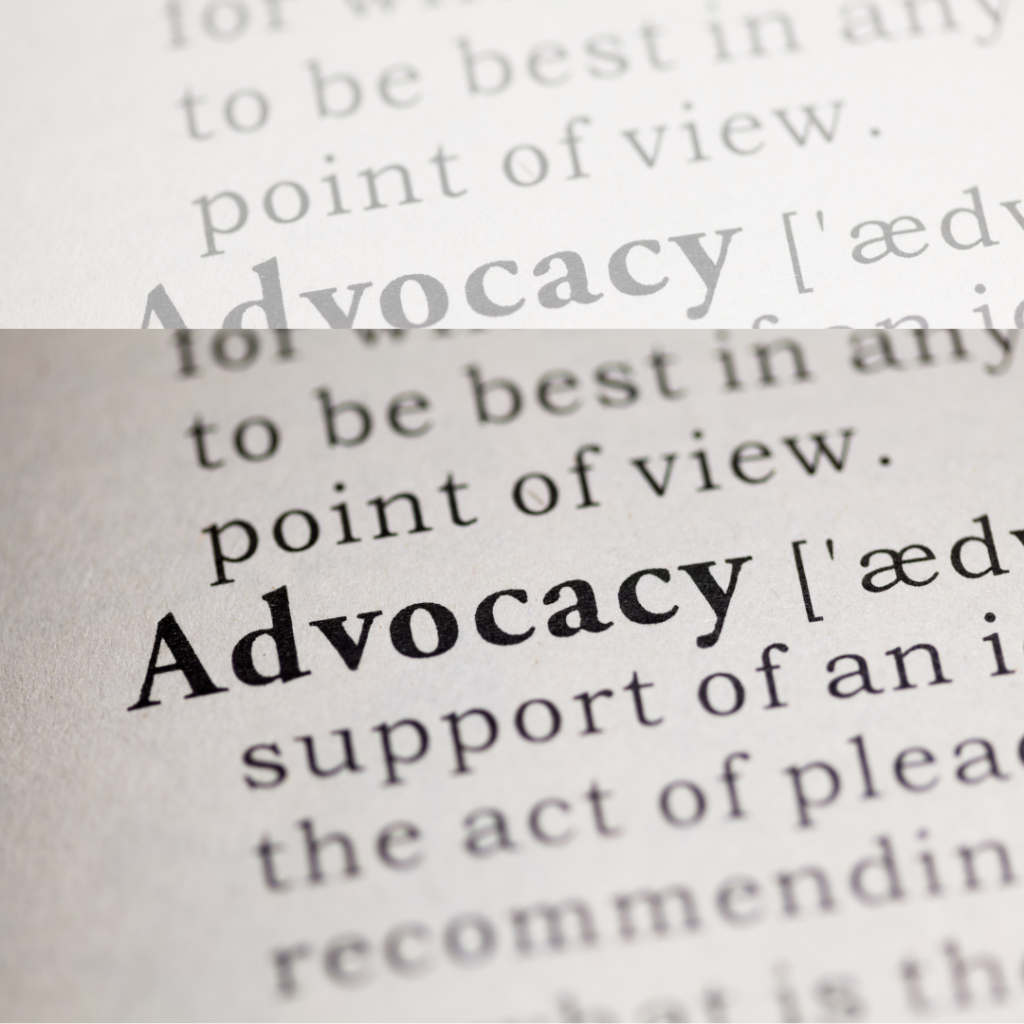The Advocacy Stage: Turning Fans into Brand Ambassadors
If the Loyalty Stage is about keeping customers close, the Advocacy Stage is about letting them shout your name from the rooftops. This is the final—and most powerful—step in the marketing funnel, where your most loyal customers transform into your biggest cheerleaders. For young, socially connected audiences, this stage is all about authentic connections and making your customers feel like valued members of your brand’s story.
What Is the Advocacy Stage?
Advocacy happens when your customers love your brand so much they can’t help but tell others about it. They write glowing reviews, share posts, recommend you to friends, and proudly show off their purchases.
Here’s why it matters: people trust people. Recommendations from friends, influencers, or online reviews often carry more weight than any ad campaign ever could. And for Gen Z and millennials, who value community and authenticity, advocacy is the ultimate currency.
Why Advocacy Is Gold for Brands
Free, Organic Promotion
Word-of-mouth is the most powerful (and budget-friendly) marketing tool out there. Advocates spread the word without you even asking.
Increased Trust
A recommendation from a friend or influencer is far more persuasive than a polished ad.
Community Building
Advocacy fosters a sense of belonging, turning your customers into a tribe of like-minded people who believe in what you stand for.
How to Build a Culture of Advocacy
1. Give Them a Reason to Share
Advocacy starts with an amazing experience. From your product to your customer service, everything should make them say, “Wow, I need to tell someone about this!”
Examples:
A standout unboxing experience.
Personalized thank-you notes or gifts.
Exceptional customer support that goes above and beyond.
2. Encourage User-Generated Content (UGC)
Your audience loves creating content—so give them reasons to feature you in it.
Examples:
Launch a branded hashtag they can use.
Create challenges or contests on TikTok or Instagram.
Repost their content to show appreciation (and boost their visibility).
3. Make It Easy to Recommend You
Simplify the process of spreading the word.
Examples:
Set up a referral program with rewards for both the advocate and their friends.
Shareable discounts like “Give 10%, Get 10%” for recommendations.
One-click options to leave reviews or share testimonials.
4. Reward Your Advocates
Recognize and celebrate your superfans. Show them that their support doesn’t go unnoticed.
Examples:
VIP perks, such as early access to new products or exclusive events.
Shoutouts on your social media or website.
Personalized thank-you messages or surprise gifts.
5. Collaborate with Influencers and Micro-Influencers
Young audiences trust influencers who feel authentic. Teaming up with the right voices can amplify your advocacy efforts.
Examples:
Partner with micro-influencers who genuinely love your brand.
Highlight real customer stories instead of polished ads.
6. Stay True to Your Values
Advocacy is fueled by authenticity. If your brand stands for something meaningful, your advocates will proudly share that with the world.
Examples:
Highlight your commitment to sustainability, inclusivity, or social impact.
Share behind-the-scenes content that humanizes your brand.
How to Measure Advocacy Success
Advocacy isn’t just a feel-good stage—it drives measurable results. Track these metrics to gauge your progress:
Net Promoter Score (NPS): Measures how likely customers are to recommend you.
Referral Traffic: How many people are visiting your site through word-of-mouth links?
Social Mentions: Are people tagging you and talking about your brand online?
Review Volume & Sentiment: How many reviews are you receiving, and are they positive?
Why Advocacy Works for Young Audiences
Millennials and Gen Z are natural advocates. They love sharing experiences, giving recommendations, and discovering brands through their communities. Here’s why:
They value authenticity. They’ll champion brands that align with their values and offer genuine experiences.
They’re social-first. Advocacy often starts with a quick post, story, or share—and young audiences are always ready to hit “Post.”
They seek connection. Advocating for a brand can feel like being part of something bigger.
Turning Advocates into a Movement
Advocacy isn’t a one-and-done stage—it’s an ongoing cycle. The more you invest in delighting your customers, the more likely they are to advocate for you. And their advocacy can inspire new customers to enter the funnel, creating a self-sustaining ecosystem of growth and loyalty.
Final Thought
The Advocacy Stage is where your brand’s true power lies. It’s about more than marketing—it’s about building relationships, fostering community, and creating experiences so amazing that your customers can’t help but share them.
When your audience becomes your voice, you’ve reached the pinnacle of marketing success. So, nurture your advocates, celebrate them, and watch as they take your brand to places you’ve only dreamed of.
